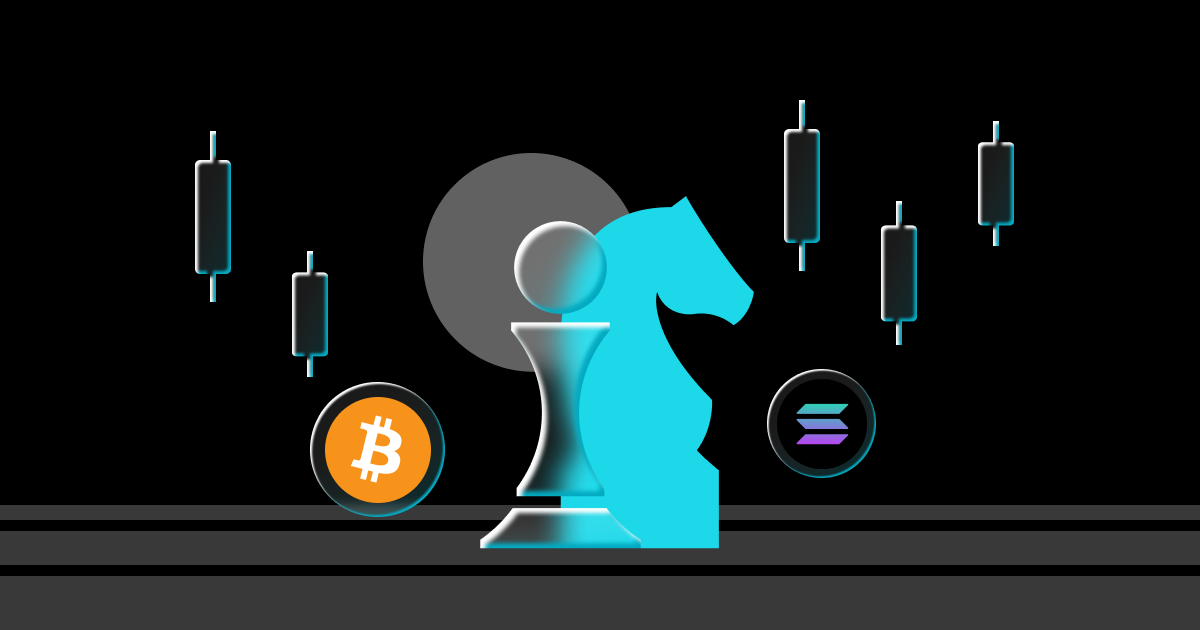
Hawkish or Dovish FED: Terminology Explained
The FED remains Hawkish on their monetary policy and is not showing signs of turning dovish anytime soon. In this article, you will learn what these terms mean.
The Federal Reserve, usually referred to as the FED, is the nation's central bank. Maximal employment, stable prices, and reasonable long-term interest rates are its primary goals. The FED accomplishes this through the use of various monetary policy tools, such as setting interest rates and controlling the money supply.
Monetary Policies
When it comes to monetary policy, the FED can be described as either hawkish or dovish. These terms are used to describe the FED's outlook on the economy and its tendency to lean towards either a tighter or looser monetary policy.
A hawkish FED is one that is more inclined to take a stricter approach to monetary policy, often by raising interest rates in order to curb inflation and maintain financial stability. A hawkish FED may also be more willing to reduce the money supply in order to achieve its goals. This approach is often taken when the FED believes that the economy is growing too quickly and that there is a risk of overheating or asset bubbles.
On the other hand, a dovish FED is one that is more inclined to take a more accommodative approach to monetary policy, often by lowering interest rates in order to stimulate economic growth. A dovish FED may also be more willing to increase the money supply in order to achieve its goals. This approach is often taken when the FED believes that the economy is struggling or in a recession, and that a looser monetary policy is needed to boost growth and employment.
Why is this relevant?
The FED's monetary policy stance can have significant impacts on financial markets and the economy. A hawkish stance may lead to a stronger currency, higher interest rates, and lower stock prices, as investors anticipate a tighter monetary policy and higher borrowing costs. A dovish stance, on the other hand, may lead to a weaker currency, lower interest rates, and higher stock prices, as investors anticipate a looser monetary policy and lower borrowing costs.
The FED communicates its monetary policy stance through a variety of channels, including interest rate decisions, policy statements, and press conferences. Investors and market participants closely watch these events for clues about the FED's outlook and plans for future policy actions. This can cause big price changes in the short term as traders speculate about what the FED might say.
Summary
In summary, a hawkish FED is one that is more inclined towards tighter monetary policy, while a dovish FED is one that is more inclined towards looser monetary policy. Understanding the FED's stance can help investors and market participants make informed decisions and anticipate the impacts of monetary policy on financial markets and the economy.
Follow Bitget Academy for more insights: Twitter | Telegram | LinkedIn | Facebook | Instagram



